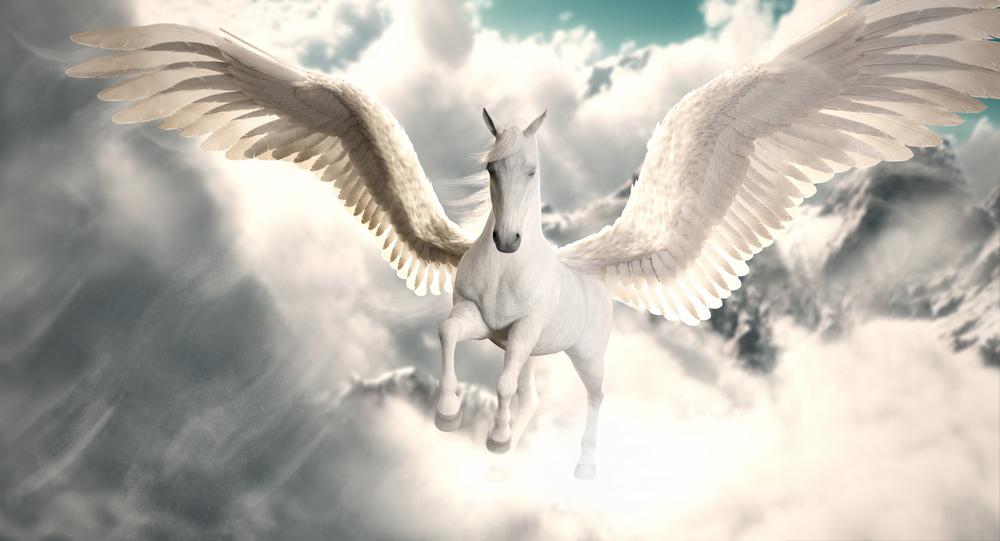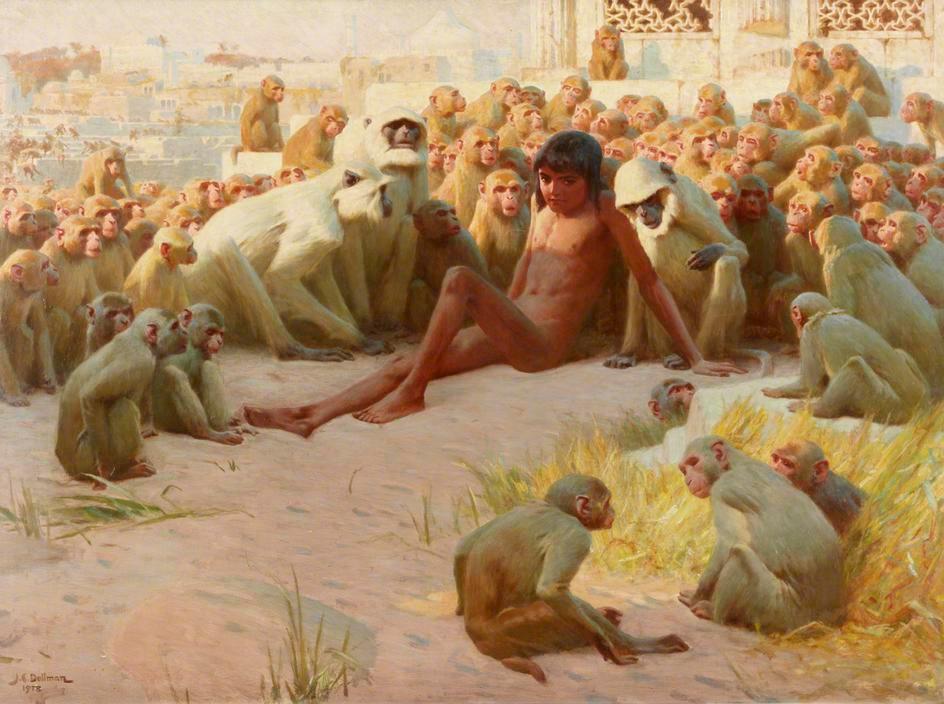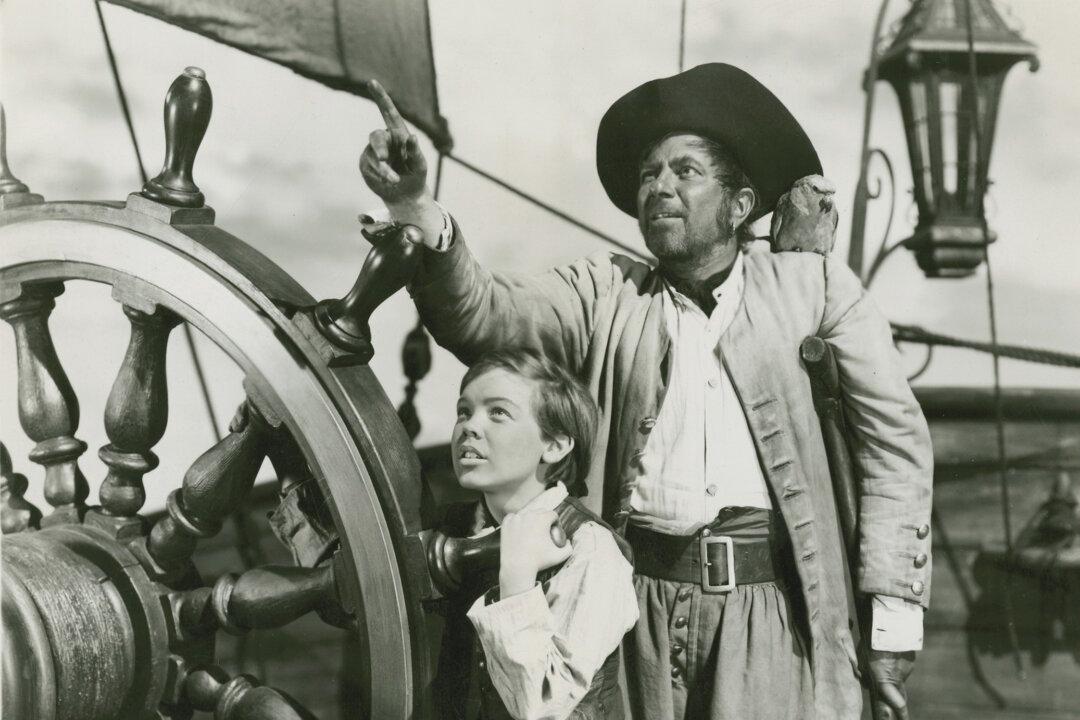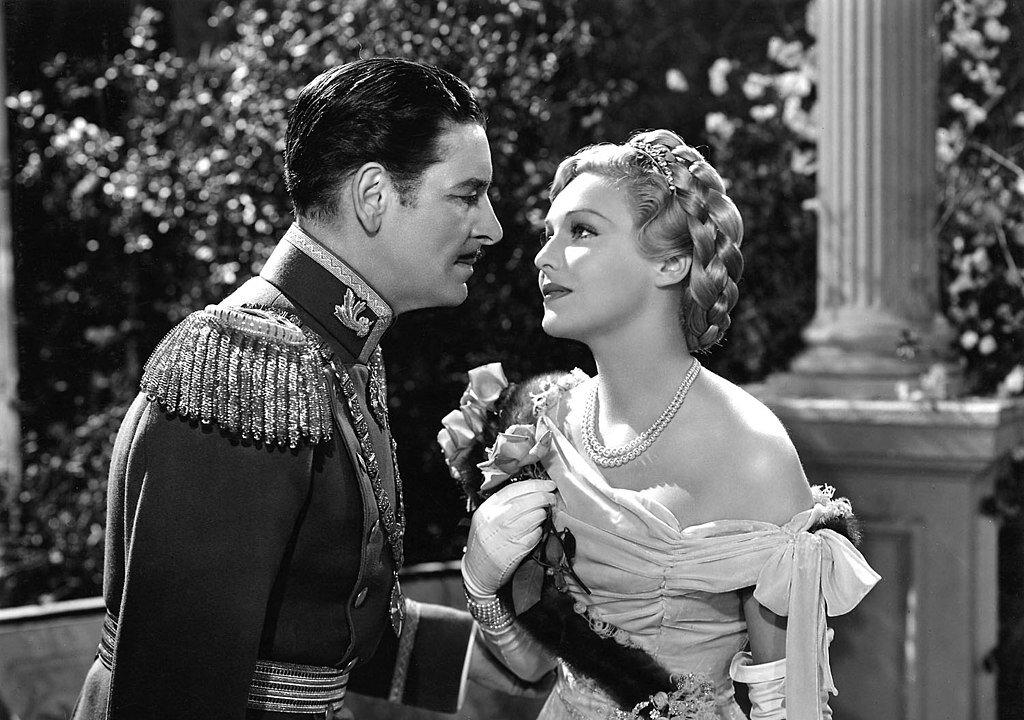Use your imagination—compare the modern monsters Godzilla and King Kong to the ancient monsters Pegasus and the Chimera. In this comparison spanning eons lies something of the imaginative purpose of monsters. While the giant ape is outrageous, his essence projects alpha-male strength, whereas the atomic lizard (with perhaps a nod to the dragon) is more egregiously outrageous. Some monsters are more monstrous than others.
This contrast exists within the other set of combatants as well, distinguishing them too on either side of a strange boundary of the imagination: Both Pegasus (a winged horse) and the Chimera (with lion head, goat trunk, and dragon tail) are a hodgepodge of beasts, but there is something naturally fitting and noble in the former and something unnaturally chaotic and crazy in the latter. Pegasus is a beautiful monster, if such a thing may be, in his cohesive symmetry and is, as a result, the steed of a hero.





